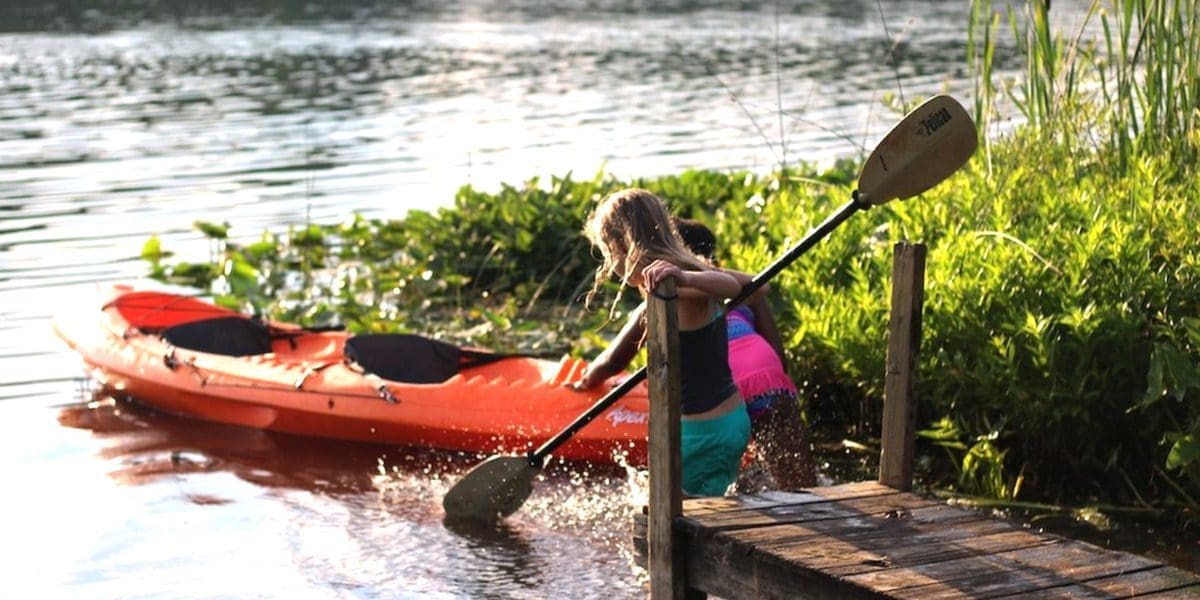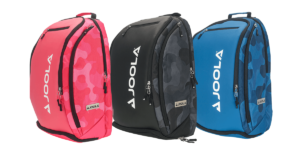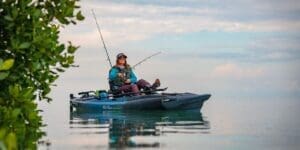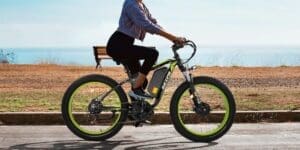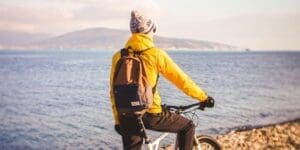So, you’ve decided to dip your toes into the world of kayaking? Get ready for an exhilarating adventure that combines both strength and serenity. Whether you’re seeking an adrenaline rush or simply a peaceful escape, kayaking offers a versatile experience for outdoor enthusiasts of all levels.
First things first, let’s talk gear. When it comes to kayaking, having the right equipment is essential. You’ll need a kayak, of course, and there are different types to choose from, such as recreational, touring, or sit-on-top kayaks.
Additionally, don’t forget a properly fitted personal flotation device (PFD) to ensure safety on the water. Paddle selection is crucial, too – consider factors like length, shape, and material based on your paddling style and body proportions.
Before you hit the water, learning and practicing proper paddling techniques is important. The basic stroke is the forward stroke, where you use your core and upper body to propel yourself forward.
In addition to the forward stroke, you’ll want to master turning, stopping, and backward paddling techniques. These skills will give you control and confidence while navigating the waters.
Remember, safety should always be a top priority. Familiarize yourself with your chosen kayaking location and its specific rules and regulations. Check the weather conditions and be aware of potential hazards such as strong currents or submerged obstacles. It’s advisable to paddle with a buddy or let someone know your planned route and estimated return time.
As a beginner, start with calm, relatively still waters before venturing into more challenging environments. Lakes, slow-moving rivers, and sheltered bays are great places to begin your kayaking journey.
Take your time to develop your skills and build your strength gradually. The more you paddle, the better you’ll become at handling different water conditions and mastering advanced techniques.
So, gear up, grab your paddle, and immerse yourself in the art of kayaking. With patience, practice, and a sense of adventure, you’ll soon find yourself navigating vibrant waterscapes with finesse and unlocking a whole new world of fitness, tranquility, and exploration.
Let’s Answer Some Questions
Q: What type of kayak should I choose as a beginner?
A: When starting your kayaking journey, it’s important to select the right type of kayak that suits your needs and experience level. For beginners, recreational kayaks are a great option. These kayaks are stable, easy to maneuver, and designed for calm waters such as lakes and slow-moving rivers. They provide a comfortable and enjoyable experience for novice paddlers.
Another suitable choice for beginners is a sit-on-top kayak. These kayaks offer stability, easy entry and exit, and are perfect for warm weather as you can enjoy the water without feeling confined. Sit-on-top kayaks are also great for beginners as they allow you to easily re-enter the kayak if you happen to capsize.
Touring kayaks are more suitable for longer trips and open water adventures, but they may not be ideal for beginners due to their narrower design and higher level of skill required to handle them. As you gain more experience and confidence, you can explore different kayak types and make informed choices based on your preferences.
Q: How do I choose the right paddle for kayaking?
A: Paddle selection is crucial for a comfortable and efficient kayaking experience. Several factors should be considered when choosing a paddle, such as length, shape, and material.
To determine the right paddle length, consider your height, the width of your kayak, and your paddling style. A paddle that’s too long or too short can lead to discomfort and inefficient strokes. As a general rule, add your height to the kayak width and choose a paddle length between 210 and 240 centimeters.
The paddle shape affects its performance in the water. High-angle paddling, where the blade is more vertical, requires a narrower blade shape, providing more power for faster strokes. For low-angle paddling, where the blade is more horizontal, a wider blade shape is more suitable for relaxed cruising.
Material-wise, paddles are commonly made from fiberglass, carbon fiber, or aluminum. Fiberglass paddles offer a good balance between durability, weight, and cost. Carbon fiber paddles are lighter and provide enhanced performance, but they come at a higher price point. Aluminum paddles are affordable and durable, making them a practical choice for beginners.
Q: What are the essential safety precautions for kayaking?
A: Safety should always be a top priority when engaging in any water activity, including kayaking. Here are some key safety precautions to keep in mind:
- Always wear a properly fitted personal flotation device (PFD) when kayaking. A PFD ensures your safety by keeping you buoyant in case of an accidental capsize or unexpected water entry.
- Familiarize yourself with the rules and regulations of your chosen kayaking location. Different areas may have specific guidelines and restrictions that must be followed to ensure your safety and the preservation of the environment.
- Stay informed about weather conditions before heading out. Check the forecast and be aware of any potential storms, high winds, or other hazardous weather conditions that could affect your kayaking experience.
- Be cautious of potential hazards in the water, such as strong currents, submerged rocks, or fallen trees. These obstacles can pose risks to your safety, so it’s important to be aware of your surroundings and navigate accordingly.
- Consider kayaking with a buddy or at least inform someone about your trip details, including your planned route and estimated return time. This way, someone will know to raise the alarm if you encounter any difficulties or fail to return as expected.
By adhering to these safety precautions and using common sense, you can ensure a safe and enjoyable kayaking experience.
Q: How can I improve my paddling techniques?
A: Improving your paddling techniques is essential to becoming a skilled kayaker. The key is to focus on proper form, body positioning, and developing strength and coordination. Here are a few tips to help you enhance your paddling skills:
- Master the forward stroke: This is the foundation of kayaking. Engage your core muscles and use a combination of torso rotation and arm movements to propel yourself forward efficiently. Practice maintaining a smooth and consistent rhythm.
- Learn turning and maneuvering techniques: Being able to turn effectively allows you to navigate different water conditions and avoid obstacles. Techniques such as the sweep stroke, draw stroke, and stern rudder will help you control your kayak’s direction and turn smoothly.
- Practice stopping and backward paddling: Being able to stop quickly and reverse your kayak is crucial in certain situations. Learn the proper techniques for stopping your forward momentum and paddling backward to improve your overall control on the water.
- Take lessons or join a paddling group: Enrolling in a kayaking course or joining a paddling group can provide valuable guidance and feedback from experienced instructors or fellow kayakers. They can offer personalized instruction and help you refine your technique.
- Regularly paddle in different conditions: Challenge yourself by paddling in various water conditions, such as calm lakes, rivers with gentle currents, or even choppier coastal waters. This exposure to different environments will help you adapt and become more versatile in your paddling skills.
Remember, practice makes perfect. The more you paddle and focus on improving your technique, the more confident and skilled you will become.
Q: Where are some ideal locations for beginner kayaking?
A: For beginners, it’s important to start in calm and relatively still waters to gain confidence and develop your skills. Here are some ideal locations for beginner kayaking adventures:
- Lakes: Lakes provide a serene and stable environment for beginners. They usually have calmer waters, allowing you to paddle with ease and focus on honing your techniques. Many lakes also offer beautiful scenery and opportunities for wildlife sightings.
- Slow-moving rivers: Rivers with gentle currents are great for beginners to practice their paddling skills. These rivers provide a bit more movement and allow you to navigate the flow while still being manageable. Beginners can enjoy the tranquility of gliding downstream and exploring the surrounding nature.
- Sheltered bays: Bays and coves shielded from open water offer a safe haven for beginners. These areas are protected from strong winds and waves, creating a more relaxed kayaking experience. Paddle along the shoreline, admire the coastal landscape, and enjoy the calm waters.
- Estuaries and marshes: These unique ecosystems provide an excellent opportunity for beginners to observe diverse wildlife and paddle through calm waters. Exploring estuaries and marshes allows you to connect with nature and learn about the delicate balance of coastal environments.
Remember to research and understand the specific characteristics of each location, such as access points, tides, and potential hazards, before embarking on your kayaking adventure. As you gain more experience and confidence, you can gradually explore more challenging environments and expand your kayaking horizons.
